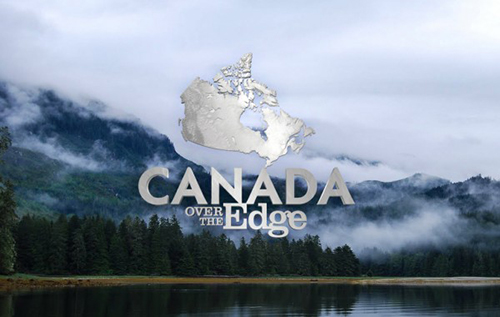Well, congratulations, Canada! You’ve officially entered the thrilling world of bureaucratic acrobatics. With the new identification rules for Access to Information requests, obtaining public records has become an exhilarating game of proving your citizenship or residency. Who needs a quick and easy process when you can spend years perfecting your identification routine? It’s like a twisted version of “Canada’s Got Identification Talent.” So grab your birth certificate, prepare your best citizenship song and dance, and get ready for the show of a lifetime! Remember, the longer the wait, the more satisfying it will be when you finally receive that precious piece of information. Enjoy the circus, folks!
In a significant development, Canadians seeking public records through Access to Information requests from federal government departments must now adhere to a new legal requirement. They are obligated by law to provide identification proving their Canadian citizenship or permanent residency. This article explores the implications of this mandate, the potential impact on wait times, and recent controversies surrounding Access to Information requests in Canada.
1. Delays in Access to Information Requests
The implementation of the new identification rules exacerbates the existing issue of delays in obtaining Access to Information requests. Prior to these changes, Canadians requesting records from federal government departments faced considerable waiting periods, sometimes stretching over several years. Unfortunately, the introduction of the new rules may further extend these already lengthy wait times.
2. Introduction of Identification Rules
On July 5, Treasury Board President Mona Fortier officially enacted the identification rules, without offering them for public consultation. The Treasury Board deemed public consultations unnecessary in this case, as mentioned in their Regulatory Impact Analysis Statement. The primary objective behind these rules is to ensure that individuals requesting information possess the necessary rights to do so. To fulfill this requirement, requesters must demonstrate their Canadian citizenship, permanent residency, or their presence within Canada.
3. Evolution of Identification Requirements
The recent identification rules follow a previous announcement by Fortier, stating that citizens would be required to provide identification, such as a birth certificate when submitting their Access to Information requests. This marks a departure from the previous system, where individuals only needed to declare their Canadian citizenship to request information.
Under the new rules, federal departments and agencies assume the responsibility of determining what constitutes “adequate identification” when processing Access to Information requests. These institutions are obligated to request additional information from the requester to verify their right of access, as specified in the Treasury Board’s legal notice.
4. Link to Previous Directives
In a directive issued to its public service executives, the Treasury Board emphasized the importance of verifying the Canadian citizenship of requesters. This directive, issued in July of the previous year, serves as a precursor to the current identification requirements. By ensuring the requester’s citizenship, the government aims to maintain the integrity of the Access to Information process.
5. Controversies and Transparency Issues
The introduction of identification rules coincides with revelations regarding federal government agencies engaging in the censoring of certain Access to Information requests. In the past two years alone, multiple Canadian governmental departments have spent a staggering $39 million on contractors tasked with reviewing and censoring requested documents, as exposed by LifeSiteNews in January.
Furthermore, witnesses testifying at a House of Commons Access to Information committee meeting in December 2022 shed light on the alarming wait times. Dean Beeby, a retired Canadian Press reporter, cited an instance where he had to wait for approximately 10 years to receive the requested information. Beeby’s testimony underscored the worsening wait times, as government departments increasingly prioritize withholding information to avoid potential backlash.
6. Impact on Access During COVID-19
The sluggish pace of fulfilling Access to Information requests became more apparent during the COVID-19 pandemic. Independent journalists and constitutional lawyers sought information related to contentious public health policies, including vaccine mandates and lockdowns. While some provincial information requests were processed, a majority of federal requests remained pending, including those submitted by independent news site Rebel News. The delay in accessing crucial information has hindered transparency and accountability during a critical time.
Conclusion
The implementation of new identification requirements for Access to Information requests presents both opportunities and challenges for Canadians. While the rules aim to ensure the rights of access and maintain the integrity of the process, concerns over prolonged wait times and controversies surrounding transparency persist. As Canada navigates the evolving landscape of information access, it is crucial to strike a balance between protecting sensitive data and upholding citizens’ right to transparency and accountability.










